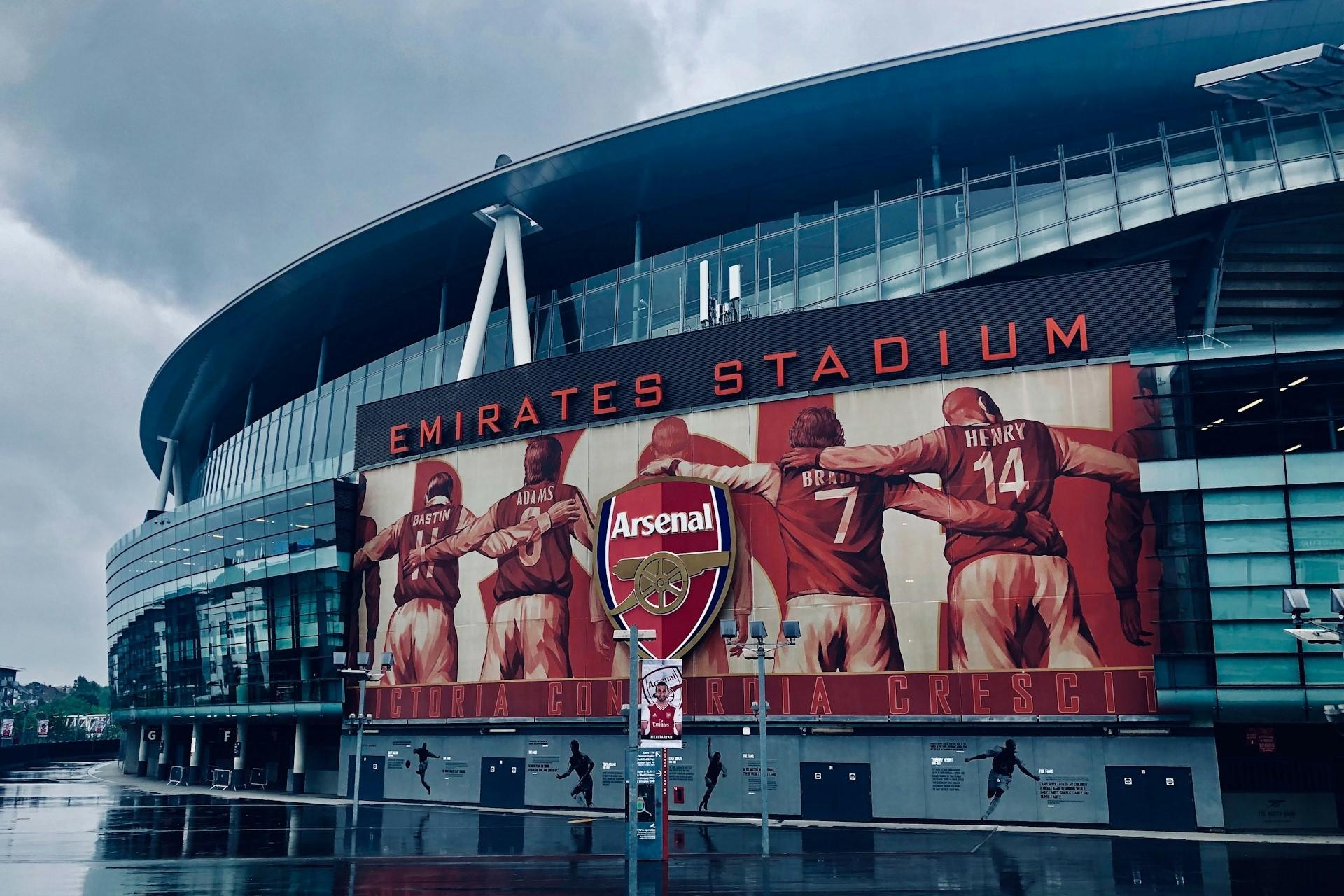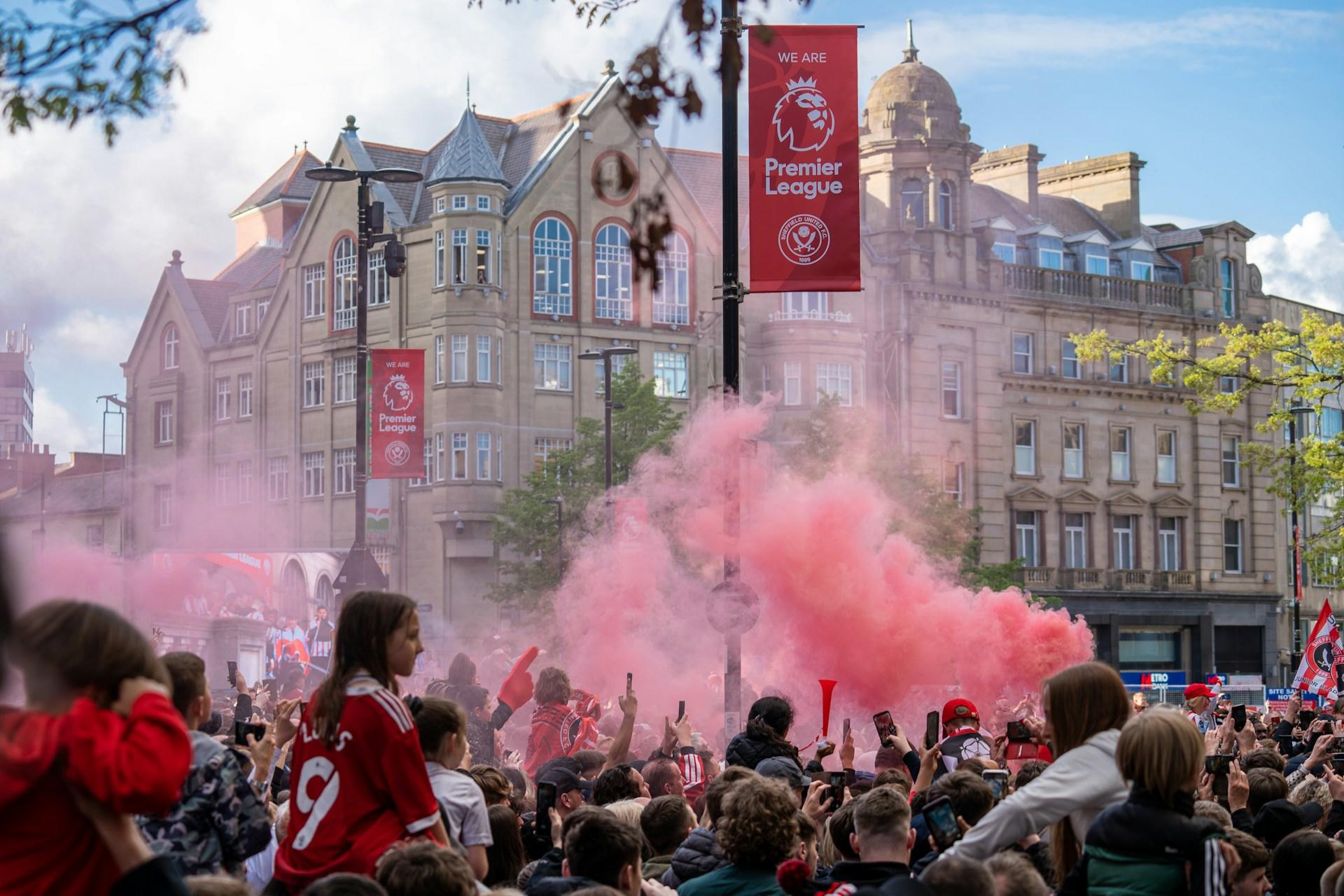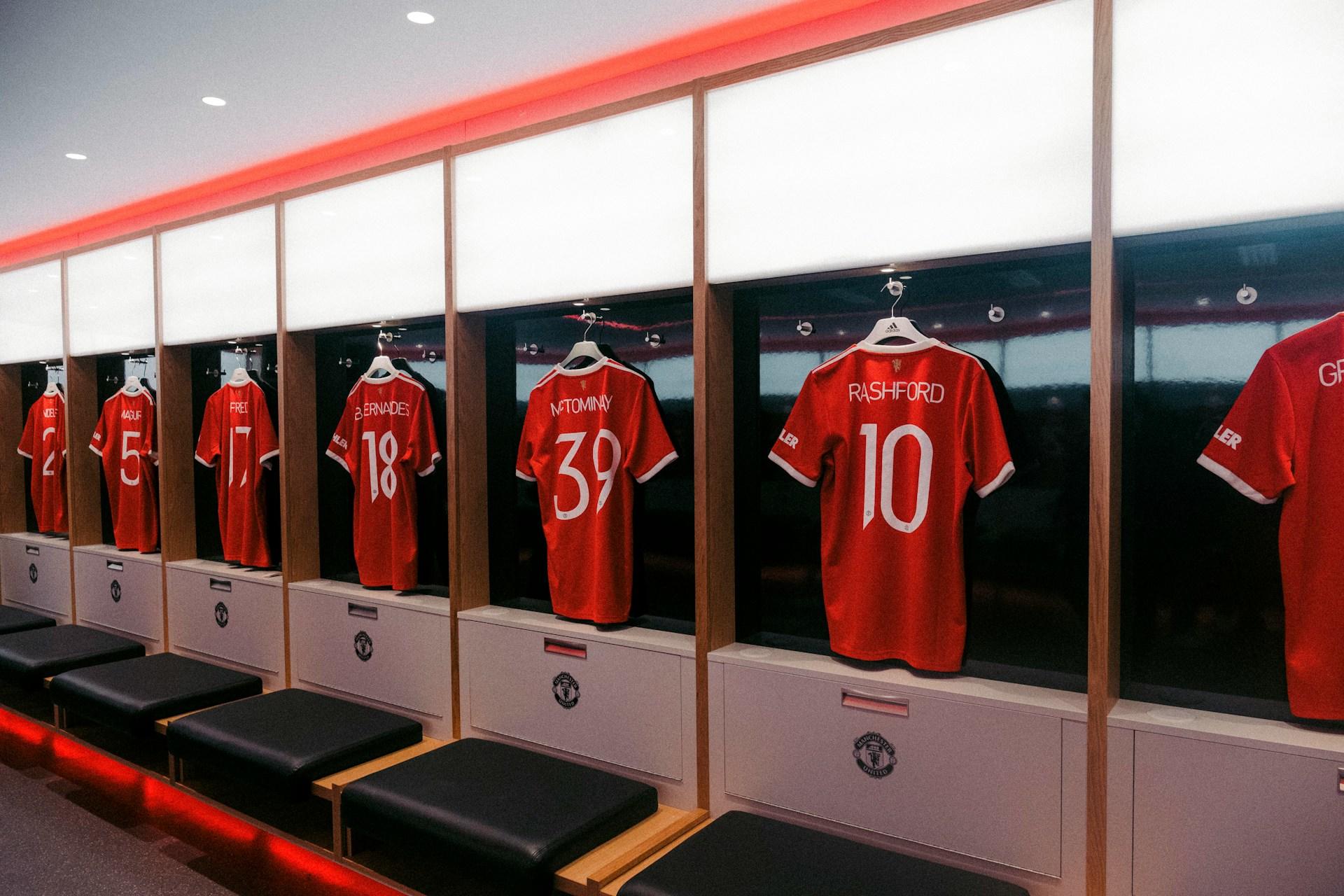“I’ve never played for a draw in my life.”
Alex Ferguson
Whether you follow soccer (association football) or not, you may have heard of the Premier League. While the term Premier League is used for many different countries' top soccer leagues (and sometimes local translations of it), the Premier League tends to refer to just one league: The English Premier League.
In this article, we'll be looking at everything you need to know about the league, assuming that you already have a basic understanding of soccer and how that all works!
We'll also be using the term “football” as that's what the sport is referred to as in England and within the football community in Australia.

A Brief History of the English Football League
While men's soccer in England and the UK had been popular for decades and the English league system was around for decades, the first league was initially set up in 1888. The Second Division was added in 1892, the Third in 1920, and the Fourth Division in 1958.
This four-league structure was in place until the 1980s when promotion and relegation between the Fourth Division and the lower Football Conference for one team was introduced.
This meant that the English Football League and its four divisions were essentially on top of the National League System, making a nationwide pyramid of leagues by which any team could (over several years or seasons) make its way to the top.

The Creation of the Premier League
The Premier League arose in an attempt to fix some of the many economic and societal problems facing English football's top league.
In the 1970s and 1980s, most clubs weren't enthusiastic about football matches being televised. After all, many of them relied heavily on ticket sales to make money and they were concerned that televised football would discourage fans from attending live matches.
Hooliganism was rife at the time and it only got worse during the 1980s and at one point, was so bad that English clubs were banned from European competitions for 5 years. Liverpool Football Club served a six-year ban for its fans' involvement in an incident that caused part of a stadium to collapse, killing 39 people and injuring 600!
Both English football and the UK government recognised that something needed to change and many in the game were unhappy with how little football clubs were doing commercially in comparison to American sports, which had a far more advanced approach to such commercial endeavours.
Breaking Away from the Football League
The idea of the Premier League was so that the teams at the top level of the sport could break away from the Football League.
This allowed the clubs in the league to have more control over the running of the league, redistribute the television rights (more in favour of the clubs themselves), and legally separate the clubs from the Football Association (FA) and the Football League.
The 22 clubs in the First Division resigned from the Football League in 1992, forming the FA Premier League limited company and placing itself at the top of the football pyramid.
The Premier League would replace the First Division and the remaining three divisions were renamed and renumbered so that the Second Division was now the First Division, etc.
Since the 1992-1993 season, the Premier League has been the top tier of football in England

The League Structure and Competition
The Premier League season takes place between August and May each year. Every football club will meet every other club twice, playing a “home” and “away” fixture.
This means that every club welcomes every other club once to their stadium for a match and will also play each club once at their respective stadiums. This means that each team will play 38 matches in the Premier League (playing 19 other teams twice).
3 points
1 point
0 points
Like other football leagues around the world, a team is given 3 points for winning a match, 1 point for a draw, and 0 points for losing.
Teams are ranked according to their points. If two teams have the same number of points, they are sorted according to their goal difference (the total number of goals scored minus the total number of goals conceded). If the goal difference for two tied teams is the same, then the team with the greater number of goals scored is sorted above the other.

How Many Teams Are in the Premier League?
There are only 20 teams in the Premier League, much like in Spain's La Liga. However, when the league first began in 1992, there were 22 teams. The league was reduced to 20 for the 1995-1996 season.
As we've mentioned, the league is the top level of English football and is part of the English football league system or football pyramid.
The football pyramid in England means that any club from anywhere in England could win the Premier League one day.
At the top, we have the Premier League. Under that, three leagues make up the English Football League: The Championship, League 1, and League 2.
Don't worry too much about the confusing names of the league. The Championship is technically the second league in the country, League 1 is the third, and League 2 is the fourth.
Below the English Football League, there are levels with multiple leagues at the same levels, where things get even more complicated.
Here's a great video explaining how it all works.
Promotion and Relegation
One of the interesting things about the English football pyramid is that teams can be promoted and relegated. At the end of a season, a set number of teams are either relegated to a lower league or promoted to a higher league.
To reach the Premier League, a team needs to win the Championship or finish second, where they'll be automatically promoted.
The teams placed between 3rd and 6th will play in a mini-knockout tournament known as the play-offs. The eventual winner of the Playoffs will become the third team to be promoted to the Premier League, with the Playoff Final often considered football's most lucrative game due to the potential earnings that being a Premier League team brings.
Winning the EFL Championship play-offs is worth around AU$ 512m in new revenue.
In the Italian Serie A, the playoffs are played between 3rd and 8th place, with 3rd and 4th gaining automatic access to a later round of the playoff.
The bottom 3 teams in the Premier League are all automatically relegated to the Championship.

At the end of the 1994-1995 season, four teams were relegated from the Premier League with only 2 teams being promoted from the First Division (as it was known at the time) to give us the 20-team league we know today. France's Ligue 1 recently did something similar to reduce the number of teams from 20 to 18.
Qualifying for Europe
While not part of the pyramid, the Premier League and English Football also allow clubs to qualify for European football competitions, which are played in addition to the league.
A team that qualifies for a European competition will still play in the Premier League (or another lower league, though this is rather unlikely).
These competitions include the UEFA Champions League, UEFA Europa League, and UEFA Europa Conference League and the best leagues in Europe are given more places in the competitions than weaker leagues.
The Premier League's Most Successful Teams
With over three decades of history, there have been 7 different Premier League Champions. With 13 titles, Manchester United are the league's most successful team. However, they haven't won the title since the 2012-2013 season.
Premier League titles between 1992 and 2013
Other winners include Manchester City, the league's most recent champions, Chelsea, Arsenal, Liverpool, Blackburn Rovers, and Leicester City.

Blackburn and Leicester are the only two Premier League champions to have been relegated from the competition, with both clubs currently playing the 2023-2024 season in the Championship, the league below the Premier League.
The Premier League's Most Successful Players
Judging the most successful players in a league with over 30 years of history is difficult, but the Welsh midfielder Ryan Giggs has won the Premier League more than any other player, having been with Manchester United for every one of their 13 titles.
Many other Manchester United players from this era also rank as the most successful players. In fact, the 14 most successful players were all playing for Manchester United.
In terms of appearances, Gareth Barry with 653 has played more Premier League matches than any other player.
matches in the Premier League!
Alan Shearer, who won the Premier League with Blackburn Rovers, is the league's top goalscorer with 260. Harry Kane, with 213 is second, but since he's currently playing in the German Bundesliga, he's unlikely to score any more Premier League goals soon.
At the other end of the pitch, with 202 clean sheets, Petr ?ech is one of the league's most successful goalkeepers. Of course, this isn't the only metric by which you can measure goalkeepers, but since he also became a professional ice hockey goalie in his native Czechia after retiring from football, it's fair to see that he's pretty good.















